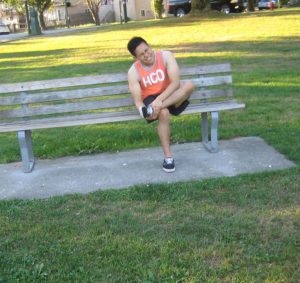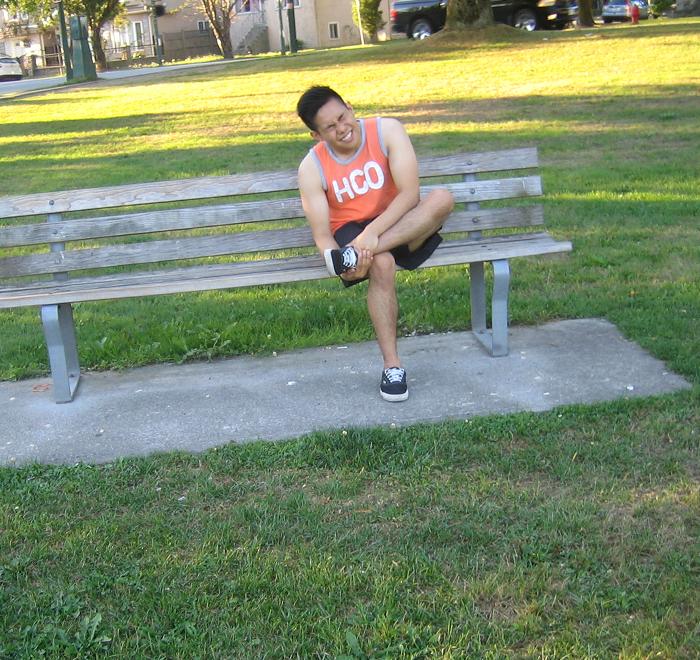A tibia fracture is a break in the tibia bone. Generally, this bone is at high risk for damage in the body. This is a large bone and great force is necessary to break it, thus other injuries may also arise from the fracture.
To determine the severity of the fracture, your doctor may suggest an x-ray, CT scan, bone scan, or MRI scan to determine the damage done by the fracture. Furthermore, the severity of your fracture will determine what kind of surgery you will undergo to repair the damages done.
Common causes of a tibia fracture
- Automobile or motorcycle accidents.
- Falls from tall heights or onto hard surfaces.
- Sports that involve twisting or pivoting movements.
- Lastly, existing health conditions, such as osteoarthritis.
Signs and symptoms
- At first, difficulty in walking or standing straight.

Numbness or a tingling sensation in the foot. - Numbness or a tingling sensation in the foot.
- A noticeable deformity of the lower leg.
- In addition, swelling and bruising on the injured leg.
- Bone visibly protruding out of the skin.
- Lastly, intense pain in the lower leg.
Generally, if you suspect that you have a tibia fracture, seek medical attention and set an appointment with your doctor for assessment.
Treatments
Non-surgical treatments include:
- At first, casts to assist in maneuvering.
- Splints to prevent discomfort.
- Pain medications or anti-inflammatory medication.
- Lastly, physical therapy and exercises
There are cases where surgery is required to repair the fracture and the other injuries caused by it. Generally, surgery may also be required in the event if a combination of non-surgical treatments fail to fix the fracture.
- Internal fixation is where the use of rods, screws or plates to secure the tibia bone.
- External fixation is where screws or pins are connected in the damaged bone to a metal bar externally to stabilize your leg.
Generally, recovery time from a tibia shaft fracture varies, depending on the severity of the fracture, there are fractures that heal within four (4) months and there are some that can go above six (6) months. In rare cases, over a year might take to recover from the fracture.
FACT CHECK
https://www.healthline.com/health/tibia-fracture
https://www.medicalnewstoday.com/articles/321642.php
https://orthoinfo.aaos.org/en/diseases–conditions/tibia-shinbone-shaft-fractures
